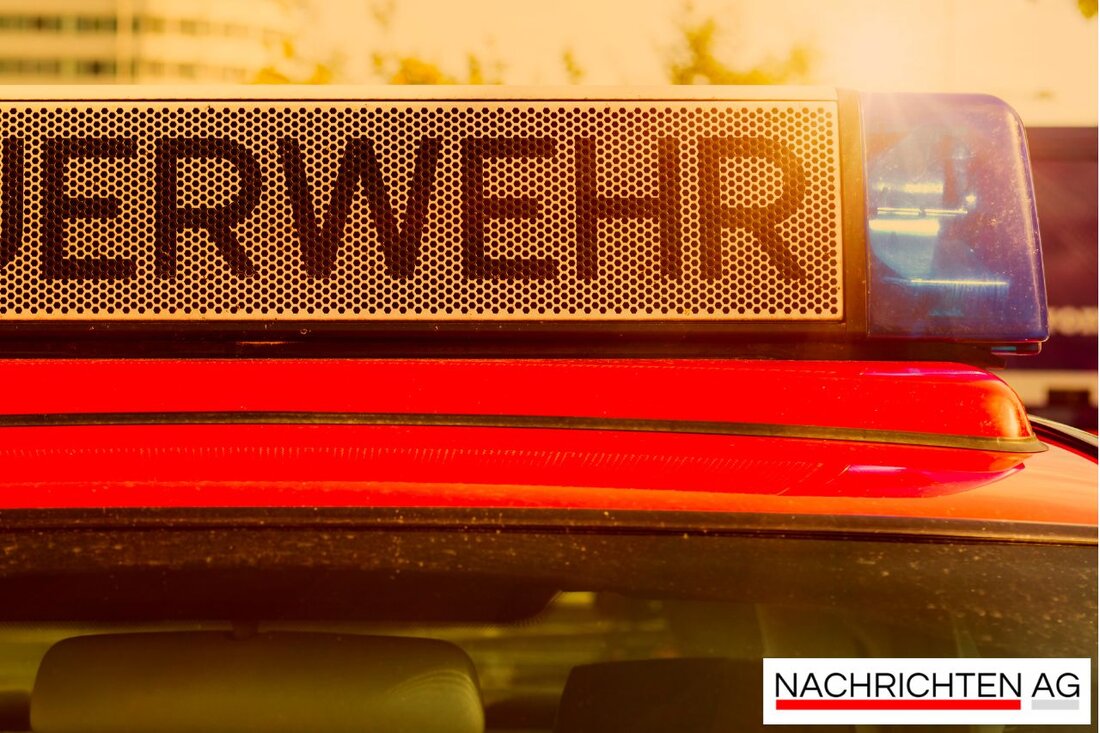Rümmer of the Carol Bridge: Dresden pulls tourists despite grief

Rümmer of the Carol Bridge: Dresden pulls tourists despite grief
on the terrace bank in Dresden, where the remains of the Carol Bridge are located, numerous tourists have gathered. The once proud building, which fell into the Elbe on September 11, 2024, just 18 minutes after the passage of a tram truck, attracts attention. The approximately 100 meter long section of the bridge, which now blocks the fairway, ensures mixed emotions among the visitors. Some feel the debris than impressive, others feel sad at this sight, as [https://www.saechsische.de/lokales/dresden-truemmer-der-carolabruecke--touristen-an-zrqo2rdltbdjle4wnqacfr3pq4.html).
Andreas and Sandra Hauptmann from Sonneberg came to Dresden especially because of the Carol Bridge. In a conversation, Ina Vogt from Cologne commented that the bridge debris awaken memories for her that remind you of images after the terrorist attacks of September 11, 2001. Little has changed since the collapse; Gisela and Detlef Stewen from Herne report that the Elbe is still impassable. But not everyone loses hope: the Dresden Andreas Albrecht sees progress in demolition and hopes for a soon released Elberadweg.
The situation after the collapse
The collapse of the bridge, which took place almost a year ago, had serious consequences: According to the fire brigade, some bridge parts are still at risk of collapse, and even a second segment is hanging. The investigation into the cause of the collapse is still underway, but so far there are no signs of external influence, according to [https://www.tagesschau.de/inland/regional/sachsen/carolabruecke-dresden-100.html). The area around the collapsed bridge, including the Bundeswasserstraße Elbe, remains closed to traffic, which also leads to complications for steam shipping. The historical steamer Kaiser Wilhelm cannot continue to Prague.
Not all of them are discouraged. Klaus Wolf from Braunschweig explored the area with his electric wheel and expresses the desire that shipping can be resumed soon. Civil engineer Bernhard Kalusa states that before 2030, one should not expect the Carol Bridge to be replaced. He emphasizes the need to drive the planning and tenders quickly in order to avoid further conflicts such as the construction of the Waldschlößchenbrücke from the outset.
traffic impairments and future plans
The blocking of the area also affects the district heating supply in the city. After the collapse of the bridge, there was a defect in two district heating lines in terms of numerous urban clinics and districts. Saxon energy is committed to restoring the district heating supply, whereby some districts could already be connected again.
For road users in the city, an information system has been set up that shows current conditions of the Elbe bridges. This system offers important information for the route choice, but without diversion recommendations. The illuminated boards, which are placed on different Elbe bridges, are intended to help control the flow of traffic effectively. It is to be hoped that the situation at the Carol Bridge will soon take a positive turn and the way for a new bridge will be prepared, while the remaining debris will remain standing as a stummer witnesses of this unexpected turn in city history.
| Details | |
|---|---|
| Ort | Dresden, Deutschland |
| Quellen | |
